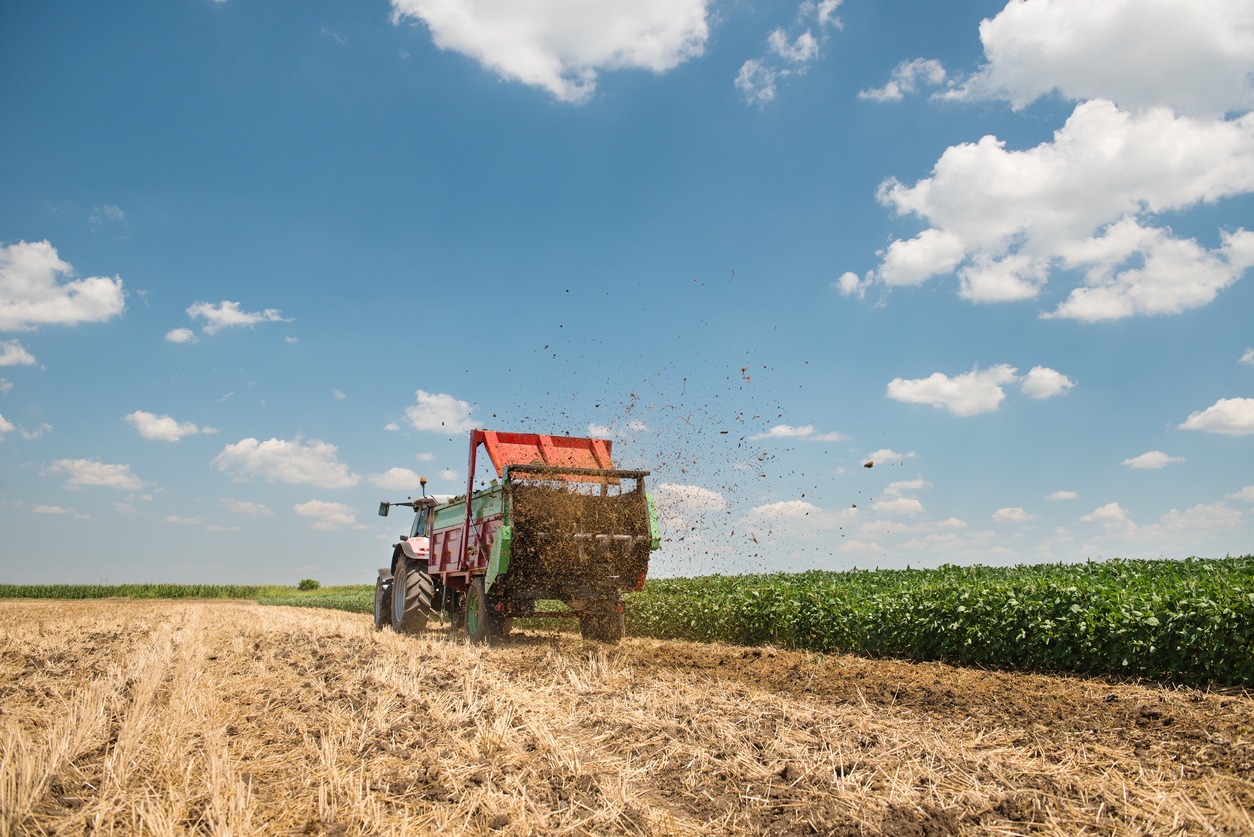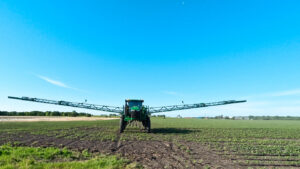Manure is considered an inconvenient byproduct by many, but Crena Resources sees it is pure gold in the battle to achieve more sustainability in agriculture.
The ongoing conversation about how to achieve greater sustainability in food production through technology has covered everything from fertilizer to food waste. Now, a few people are starting to make a big stink about one of the most squandered resources in agriculture: manure.
“A well-fed farm hog will produce up to 2.5lbs of fecal waste per day and some US farms concentrate up to 70,000 animals in one location, meaning nearly 90 tons of manure can accumulate in a small area every day of the year. By comparison, a dairy cow produces approximately 120lb/day,” Nicholas Clark, co-founder of manure-made-great-again startup Crena Resources, told AgFunderNews. “The most common method for disposing of a volume of effluent this large is to plow it into (or spray it onto) crop fields. This practice works but in the process presents logistical problems for those who are obligated to manage its removal. It also has potentially serious implications on public health & safety, and the environment should it escape containment.”
The California-based startup’s technology transforms wet manure into a dry micro-powder that can be used as a valuable soil amendment to enhance crop growth or used as a bio-fuel with a mineral supplement derivative. Crena Resources is currently self-funded.
There have been a few recent efforts to make better use of all the poop that farm animals provide us. WWF joined forces with The Yield Lab Institute, Newtrient, and Dairy Farmers of America to organize a startup competition for solution providers that market manure-based products and services. Through The Manure Challenge, the group is hoping to put manure-based product marketing on the map by selecting a group of solution providers and guiding them through a commercialization curriculum coupled with mentorship and introduction to sources of capital.
California recently awarded a $90 million grant to dairy tech startup CalBio to help the major dairy producing state meet its goal of reducing methane emissions from the dairy and livestock industry by 40% by 2030 and Smithfield Foods, the world’s largest pork processor and hog producer, launched a partnership with Florida startup Anuvia Plant Nutrients to convert the hog manure created by the company’s farming operations into fertilizer.
We caught up with Clark to learn more about how Crena Resources got the idea to start making manure great again.
When did you launch and what growth stage are you at currently as a company?
On the one hand, we are at a very early startup stage. On the other, we are years into market research, technical design, proof of concept, and finally IP protection with patents in the US and most of Europe.
What is your technology?
The inventor of our technology, Peter Douglas was born in New Zealand and has been a Southern California resident since 1979. His early concept of our current technology was aimed at the sludge or “cake” which is a byproduct of municipal wastewater treatment plants. This involved a fixed base drying system that would convert cake into a fine powder that could be burned to generate power.
However, a chance meeting with renowned agriculturist and Nobel laureate Jerry Hatfield, who was working on the application of biotic fertilizer to row crops, triggered Douglas’ interest. Hatfield’s published research demonstrates a 40% increase in crop yield using biotic fertilizer produced from dried animal manure and blended with other nutrients. The missing link in applying this research on a commercial scale is a method to economically and effectively dry millions of tons of wet manure no more than 20% solid.
From that chance meeting, Douglas was consumed by applying his drying technology within the agricultural industry. He set out to learn everything there was to know about current manure management systems with a focus on the pork producing segment. He quickly grasped their shortcomings, with the most obvious being the environmental risks of storing huge volumes of fecal waste in pits or lagoons and the eventual method of disposal which is to spray into the atmosphere over cropland. Not to mention the fact this material sits in containment for long periods and by the time of application has lost most of its nutrient value.
What are some of the challenges you face?
Transporting massive volumes of liquid manure to a stationary drying system located across the country from the countless farms raising animals is not an economically viable solution. Ideally, the future farm should be designed and built with animal housing barns located around a fixed base manure drying system. Douglas has gone as far as basic designs for scrapers and conveyor systems under animal barns which would transport just excreted manure directly to the drying unit, thereby capturing the full nutrient content available.
This vision, however, is some time off in the future, in the meantime in Douglas’ is working to persuade farmers and the industry at large to have Crena technology delivered to the farm and not force the farm to transport waste to the technology.
Douglas re-designed his drying unit so that the primary operating components are assembled on two custom-built 54-foot long multi-axel trailer chassis compliant to travel on interstate, state, and country roads. These designs are complete and Crena Resources is now seeking investment to build its first mobile rig.
What do you look for in an investor?
We are seeking investment partner(s) who are like-minded and who can envisage the economic benefits of transforming “old world” values for manure into a “new world” valuation using clean Crena technology.
Any advice for other startups out there?
Keep learning and keep innovating because the areas you are addressing are continually evolving and your solution needs to also.
Have you interacted with any agrifood corporates? If so, who?
Smithfield Food gave us significant access over a period of time to their existing containment systems in North Carolina and hog manure samples for analysis of nutrient content. This included introductions to North Carolina State University scientists and access to corporate engineers to discuss the idiosyncrasies of hog manure.




